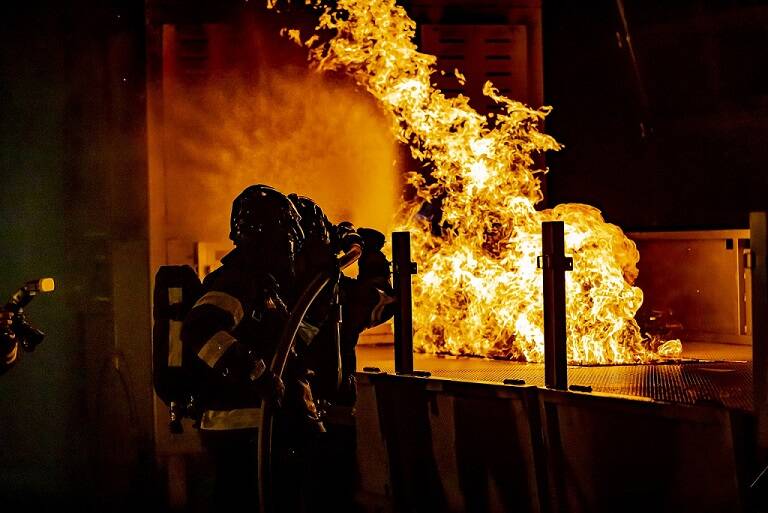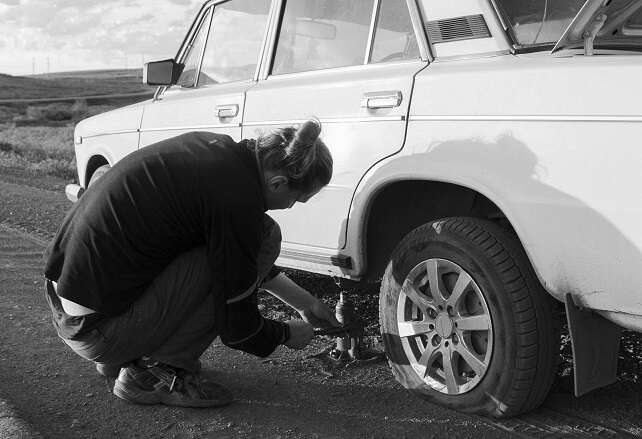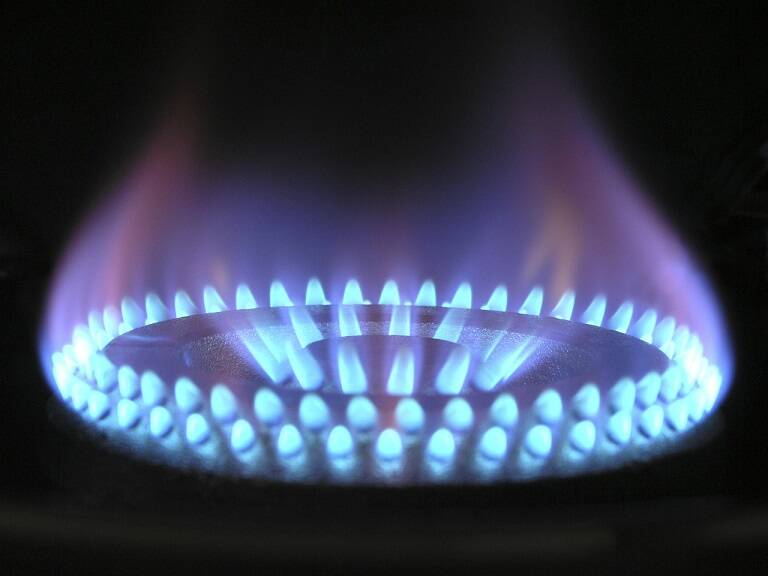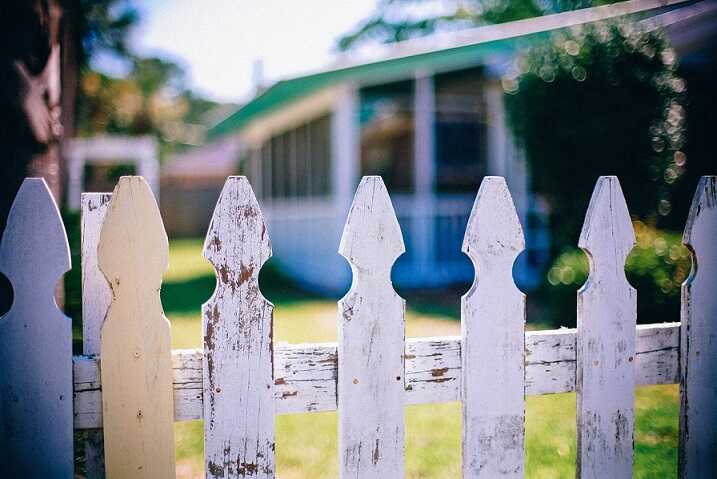Mastering and Enhancing Your Situational Awareness Skills
Whether you’re looking to enhance your personal safety, improve your professional capabilities, or simply become more mindful in daily life, situational awareness is key. But what exactly is situational awareness, and why is it so important?

What is Situational Awareness?
Definition and Key Concepts
Situational awareness is the ability to perceive and understand what’s happening around you, to interpret the significance of these events, and to anticipate what might happen next. It involves being aware of your surroundings, recognizing potential threats, and responding appropriately.
Levels of Situational Awareness

The Benefits of Enhanced Situational Awareness
Personal Safety
Being situationally aware means you’re more likely to spot potential dangers before they become immediate threats. This heightened awareness can help you avoid dangerous situations, react quickly to emergencies, and protect yourself and others.
Professional Applications
In the workplace, especially in fields like security, healthcare, and aviation, situational awareness is crucial. It can lead to better decision-making, improved efficiency, and enhanced safety protocols.
Improved Decision Making
When you’re aware of your surroundings and understand the context, you’re better equipped to make informed decisions. This can be beneficial in everything from daily tasks to complex problem-solving scenarios.
How to develop Situational Awareness
Start with Mindfulness
Mindfulness is the foundation of situational awareness. It involves being fully present and engaged in the moment, without distraction.
Practice Active Listening
Active listening means focusing entirely on what someone is saying, without planning your response while they’re talking. This helps you gather more information and understand the context better.
Stay Present in the Moment
Avoid multitasking and instead focus on one thing at a time. This allows you to notice details and changes in your environment that you might otherwise miss.
Observe Your Environment
Observation is a critical skill for situational awareness. It’s not just about seeing things, but also about listening, feeling, and even smelling to gather as much information as possible.
Use All Your Senses
Don’t just rely on sight. Pay attention to sounds, smells, and even touch. This holistic approach helps you build a more complete picture of your surroundings.
Identify Patterns and Anomalies
Recognize what’s normal in your environment so you can identify when something is out of place. This could be as simple as noticing a strange noise or as complex as spotting unusual behavior in a crowd.
Improve Your Mental Models
Mental models are frameworks that help you understand and predict the world around you. Improving these models enhances your situational awareness.
Learn from Experiences
Reflect on past experiences to identify what you did well and what you could improve. This helps you recognize patterns and anticipate future situations more accurately.
Study Different Scenarios
Expose yourself to a variety of situations, either through reading, simulations, or real-life experiences. The more scenarios you understand, the better prepared you’ll be to handle new ones.
Practical Exercises to Sharpen Situational Awareness
Environmental Scanning Techniques
Environmental scanning involves systematically observing your surroundings to gather information.
The OODA Loop (Observe, Orient, Decide, Act)

The OODA Loop is a decision-making process used in military and law enforcement training. By continually observing, orienting, deciding, and acting, you can stay ahead of potential threats.
Color Code System for Awareness
This system, developed by Col. Jeff Cooper, uses colors to represent different levels of awareness. White is relaxed and unaware, yellow is relaxed but alert, orange is aware of a potential threat, and red is focused on a specific threat.
Simulation and Drills
Simulations and drills can help you practice and enhance your situational awareness skills.
Role-Playing Scenarios
Engage in role-playing exercises that mimic real-life situations. This hands-on practice helps you apply what you’ve learned in a controlled environment.
Virtual Reality Training
Virtual reality (VR) provides immersive training scenarios that can simulate a wide range of environments and situations, helping you develop your skills in a safe setting.
Situational Awareness in Different Contexts

In the Workplace
Situational awareness is vital in many professional settings.
Corporate Security
In corporate security, situational awareness can help prevent incidents and manage crises effectively. Security personnel need to be constantly vigilant and aware of their surroundings.
Leadership and Management
Leaders and managers benefit from situational awareness by being able to foresee potential issues, manage risks, and make proactive decisions.
In Daily Life
Situational awareness isn’t just for professionals; it’s essential in everyday situations too.
Commuting and Travel
When traveling, being aware of your surroundings can help you avoid accidents, navigate unfamiliar areas, and stay safe.
Social Situations
In social settings, situational awareness can help you read body language, understand social cues, and interact more effectively with others.
Tools and Technologies to Aid Situational Awareness
Apps and Gadgets
There are numerous apps and gadgets designed to enhance situational awareness. These tools can provide real-time information, alerts, and even augmented reality overlays to help you stay informed and aware.
Training Programs
Many organizations offer training programs focused on situational awareness. These programs can provide structured learning and practical exercises to help you develop your skills.
Common Mistakes and How to Avoid Them
Overloading Your Senses
Trying to process too much information at once can lead to sensory overload. Focus on the most relevant information and avoid distractions.
Ignoring Intuition
Your intuition is a valuable tool for situational awareness. If something feels off, trust your instincts and investigate further.
Conclusion
Developing and sharpening your situational awareness skills is a continuous process that requires practice and mindfulness. By staying present, observing your environment, and improving your mental models, you can enhance your ability to perceive, understand, and respond to your surroundings. Whether for personal safety or professional development, these skills are invaluable.
FAQs
What are the first steps to improving situational awareness?
Start by practicing mindfulness and active listening. Focus on being present in the moment and observing your environment using all your senses.
How can situational awareness be applied in everyday life?
Situational awareness can help you stay safe while commuting, improve your interactions in social settings, and make better decisions in various aspects of daily life.
What tools can help enhance situational awareness?
Apps, gadgets, and training programs can all aid in developing situational awareness by providing real-time information, simulations, and structured learning.
Can situational awareness be taught to children?
Yes, children can learn situational awareness through games, role-playing, and supervised real-life experiences. Teaching them to notice details, listen actively, and understand their environment helps build these skills early.
How does situational awareness affect personal safety?
Situational awareness improves personal safety by helping you recognize potential threats early, allowing you to react quickly and appropriately to avoid danger.
Certain content that appears on this site comes from Amazon. As an Amazon Associate, we earn from qualifying purchases. Read the full Disclaimer Here!






